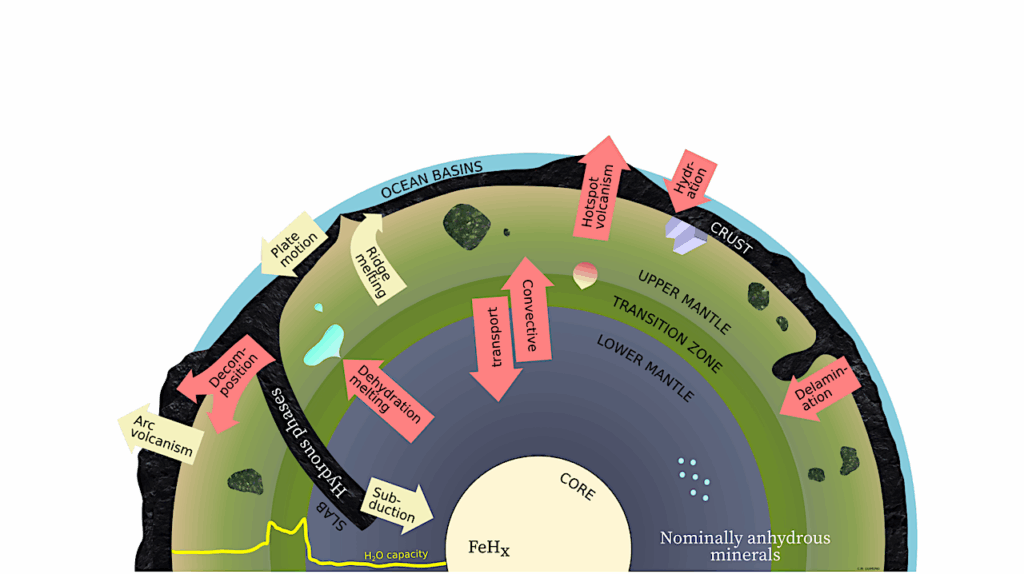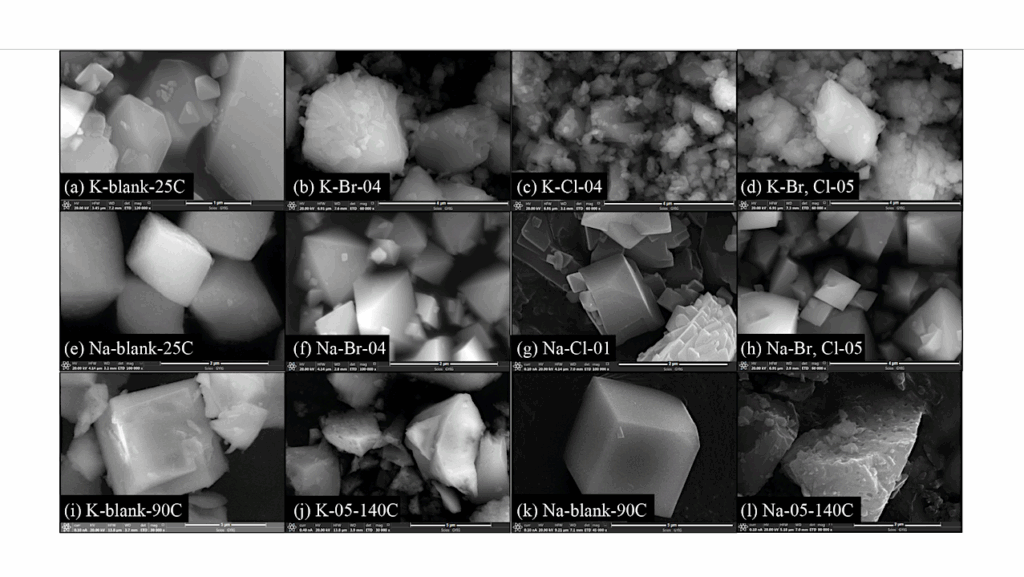Phanerozoic Biological Reworking Of The Continental Carbonate Rock Reservoir

Understanding the co-evolution of complex life with Earth’s geology is an enduring challenge. The rock record evidences remarkable correlations between changes in biology and the wider Earth system, yet cause and effect remain unclear.
Here, we link the evolutionary history of eukaryotes with the rise and fall of carbonate rock fraction within continental crust – a key variable in controlling the efficiency of carbon drawdown during weathering, solid Earth degassing rates, and ultimately nutrient supply to life.
We use geospatial database analyses to demonstrate a strongly non-linear growth and then collapse in Earth’s continental crust carbonate reservoir. Biomineralisers reshaped Earth’s surface in their image; armouring continental margins with carbonate platforms, such that the continental carbonate reservoir increased in size by 5-fold in under 100 Myr after the Cambrian Radiation of animal life.
This Paleozoic carbonate revolution represents among the most dramatic crustal evolutionary events in Earth’s history. The Permo-Triassic extinction event coupled to the rise of open ocean calcifiers initiated a steady decline in continental crustal carbonate content; one that still continues today, which unabated would produce Precambrian-style crustal carbonate distributions in around 500-1000 Myr. Our results demonstrate strongly non-linear crustal evolution after the rise of the complex Phanerozoic biosphere.
This outcome suggests that complex life may generate unique biogeochemical trajectories on otherwise geologically similar worlds, posing a new challenge in the hunt for life beyond Earth.

Evolution of the continental crustal carbonate reservoir. a) Cumulative carbonate fraction in continental crust begins to increase steeply shortly after the Cambrian radiation of animals [16] – peaks during the Carboniferous-Permian periods, and has been steadily declining ever since. PT refers to the Permo-Triassic extinction event. eT refers to the endTriassic extinction event. b) Secular change in carbonate in coeval crustal packages preserved per Myr. Average CaO content (of 1000 uniformly resampled time series data, plotted in red) of fine-grained sediments from SGP displays the same key features as the record of crustal preserved carbonate fraction from Macrostrat and CaO records extracted from GeoROC [12]. — astro-ph.EP
Craig R. Walton, Oliver Shorttle
Subjects: Earth and Planetary Astrophysics (astro-ph.EP); Geophysics (physics.geo-ph)
Cite as: arXiv:2312.09011 [astro-ph.EP] (or arXiv:2312.09011v1 [astro-ph.EP] for this version)
Submission history
From: Craig Walton Dr
[v1] Thu, 14 Dec 2023 15:01:00 UTC (4,600 KB)
Astrobiology,








